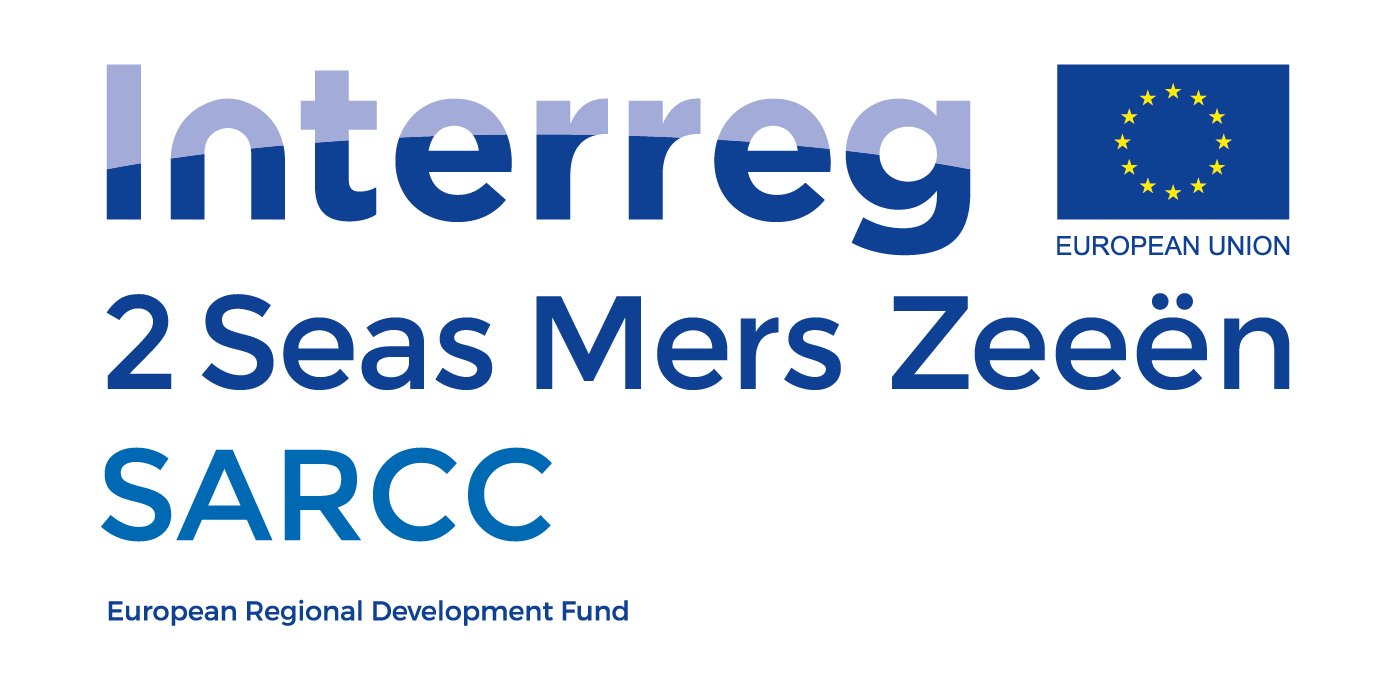Gravelines, France - Commune of Gravelines
What / where is the pilot?
Gravelines, a beautiful coastal city located between Dunkirk and Calais, has a rich history, not only in terms of architecture, but also in management of marine submersion and floodings thanks to the “wateringues” system consisting of hundreds of kilometres of canals.
The functioning of our pilot is simple : strengthening the existing dune. In order to create a high enough natural wall against the dangerous combination of waves and high tide, we developed a simple system that literally traps the sand, thanks to wooden fences. While sand accumulates around these fences, small vegetation tends to grow in the sand and in turn reinforces the thickness and stability of the dune.
Why is the pilot needed and what are the benefits?
Gravelines is situated under sea level, just like large parts of Belgium and the Netherlands. Therefore, we are highly vulnerable to maritime submersion.
Luckily, and unlike many cities on the Cote d’Opale region that suffer from constant loss of sand on their beach, sand tends to accumulate on our coastline, a phenomenon called accretion.
We also dug elevated pathways to allow small bats and people to go through the sand dune while protecting lands and people from water flooding : once again we take advantage from the wind and the sand and trap it thanks to wooden fences and wooden flooring to stabilise the pathway. The pathway faces eastward as you can see to take into the equation sand flows through wind . We had to strike a balance between the different uses of the beach.
There are many benefits to the pilot, beyond a better protection against maritime submersion: a higher sand dune definitely looks better and it is beneficial to biodiversity: plants more easily grow in thicker dune and animals are coming back to the beach, roaming around the pilot site.
How is the pilot using Nature-based solutions?
We benefit from a natural advantage of Gravelines : sand accumulation. The simple deployment of fences to trap the sand was enough to use nature as a tool to better protect our community.
This project demonstrates if need be, that we can address major challenges with simple solutions while preserving nature and biodiversity ! Thanks to SARCC we are now more resilient in a sustainable way : unlike hard concrete structures, this nature-based solution is cost effective.



